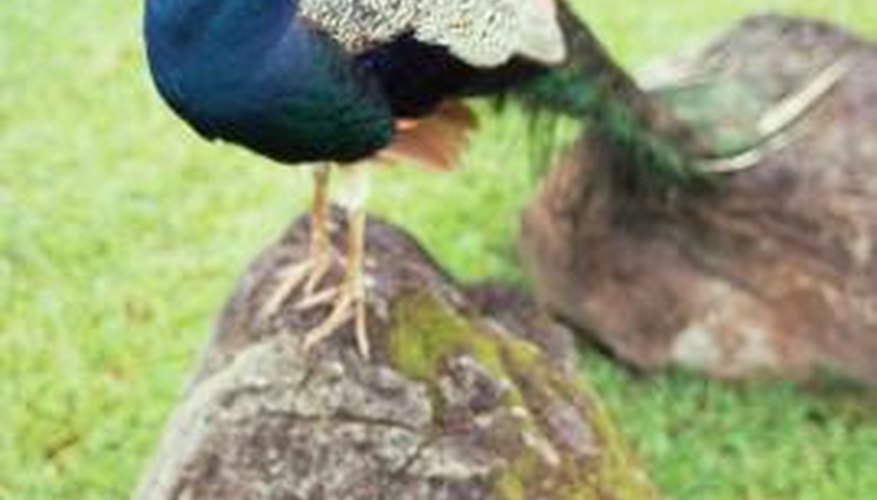The peacock is known for its stunning plumage and large colourful tail feathers, unlike its female counterpart the peafowl, that has brown plumage and short tail feathers. Although having the largest and brightest plumage helps to attract mates, the peacock also faces the issue of attracting predators. But the peacock has developed ways to avoid and combat his adversaries.
- The peacock is known for its stunning plumage and large colourful tail feathers, unlike its female counterpart the peafowl, that has brown plumage and short tail feathers.
- Although having the largest and brightest plumage helps to attract mates, the peacock also faces the issue of attracting predators.
Warning Calls
Peafowl have 11 distinct vocal calls; however, peacocks are significantly louder than the females. When approached by a predator, the peacock will cry a loud call that carries for a long distance. This alarm is often used to warn other peafowl that a predator is near and gives them ample time to flee or hide.
Flight
Like most birds in the Phasianidae family - quails, chickens and pheasants - the peafowl is able to fly very short distances. They use their wings to jump onto tree branches or other perches to escape predators.
Kicking Thorns
Peacocks and peahens have sharp, powerful spurs on the back of their heels known as "kicking thorns." Their strong legs also contain three sharp talons facing forward and one facing backward that can inflict serious damage to the face of an adversary.
Eyesight
The peafowl has excellent eyesight and can spot predators from great distances. Their eyes can distinguish colours very easily and notice predators that usually use camouflage as a means to stalk prey.
